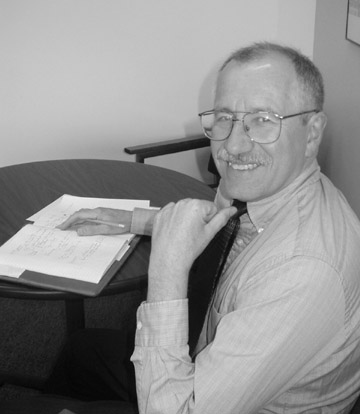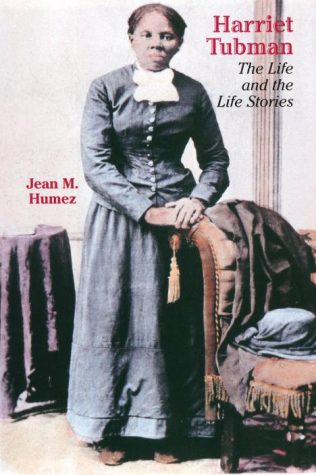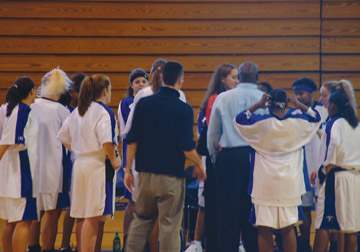University Gears Up For Self-Study, Accreditation

Associate Provost Peter Langer. – Photo by Shaun Krisher
November 12, 2003
As many students hurtle towards the end of the semester and their finals, the university is readying itself for its own final – in the form of an institutional re-accreditation review.
The review, done by the New England Association of Schools and Colleges (NEASC), occurs every ten years when a “site team,” composed of volunteer faculty and administration from other colleges and universities, comes to evaluate the university. UMass Boston’s last accreditation was in 1995.
Faculty, staff, students, and administration officials met last week to start the engines of a self-study, done in advance of NEASC’s visit in April 2005.
NEASC’s Dr. Barbara Brittingham was at the meeting to give pointers and an idea of what a self-study should look like. According to Brittingham, the hundred-page report should do two things. First, it should identify strengths and how to maintain and enhance them. Second, it should identify problems and how to address them.
Faculty, staff, students, and administrators, who will sit on eleven task forces, each one focusing on an NEASC standard, will be writing the report for three audiences: themselves, the site team, and the NEASC commission.
In order for the commission to have confidence in the self-study, there has to be a certain amount of candor, said Brittingham.
From the audience, Associate Professor Paul Watanabe asked how something could be judged as not candid. Brittingham replied that if the self-study is “rosy” and “problem-free,” or if students are saying something different than the results of the study indicate, the team will report inconsistencies to the commission. “Nothing shakes a team more than the impression that they’re getting snowed,” she said.
Later, in the offices of the Asian American Institute, where he is co-director, Watanabe stated, “A willingness by all of the constituent parts of the university to be candid and to encourage and not punish candor is essential.”
Assistant Vice Chancellor for Academic Affairs Anita Miller raised the question of whether the process of the self-study changed since the last review. Brittingham said it was “fundamentally the same process,” and the team was not going to be reading past reports; it would instead focus on the present and future. She pointed to a report, written five years ago at the NEASC midterm, which stated that the university was moving forward.
Peter Langer, associate provost and co-chair of the Re-Accreditation Steering Committee, calls the NEASC evaluation “critical” to the university and the “most important thing we’ll be doing in the next eighteen months.” By having accreditation, the university is eligible for federal monies like the Pell Grant, research funding, and student loans.
Langer states that the self-study is a “reflective document asking us to comment on how we meet the eleven standards that NEASC sets forth as standards of good quality.” The standards range from library and information services to student services to physical and financial resources.
Feedback on drafts of the self-study from the community and students will be encouraged, and the process will be documented on the university’s website. The self-study group has reached out through Director of Student Life Joyce Morgan to students, as well as to the student government associations, in order to have adequate student representation.
On April 1, 2004 the first drafts of the sections should be ready. The summer will be spent revising them so that by this time next year, a draft of the self-study will be ready for final approval.
The outcome of the process will hopefully not only be the renewal of accreditation, but also a “heightened sense of who we are and what we have to do in the next four years” to improve said Langer.






















































